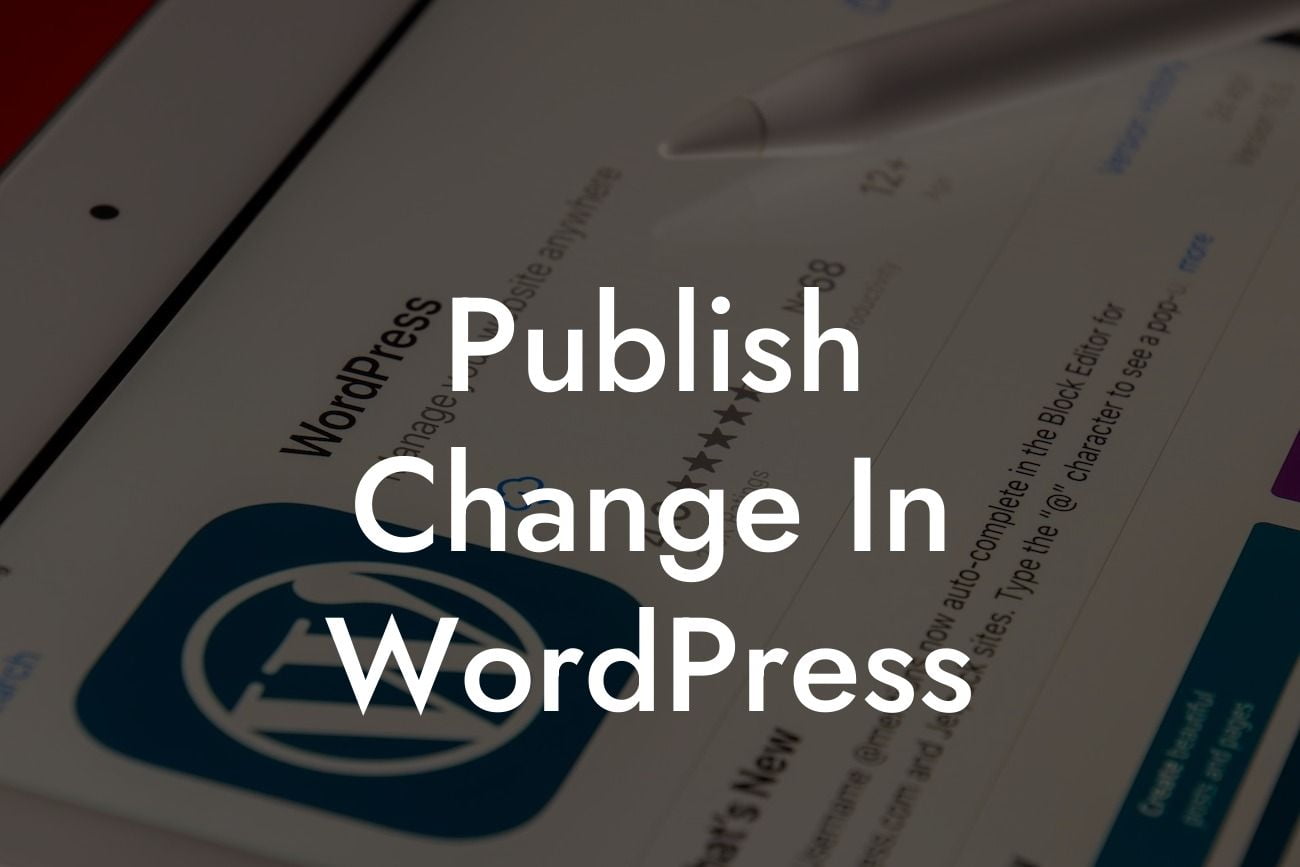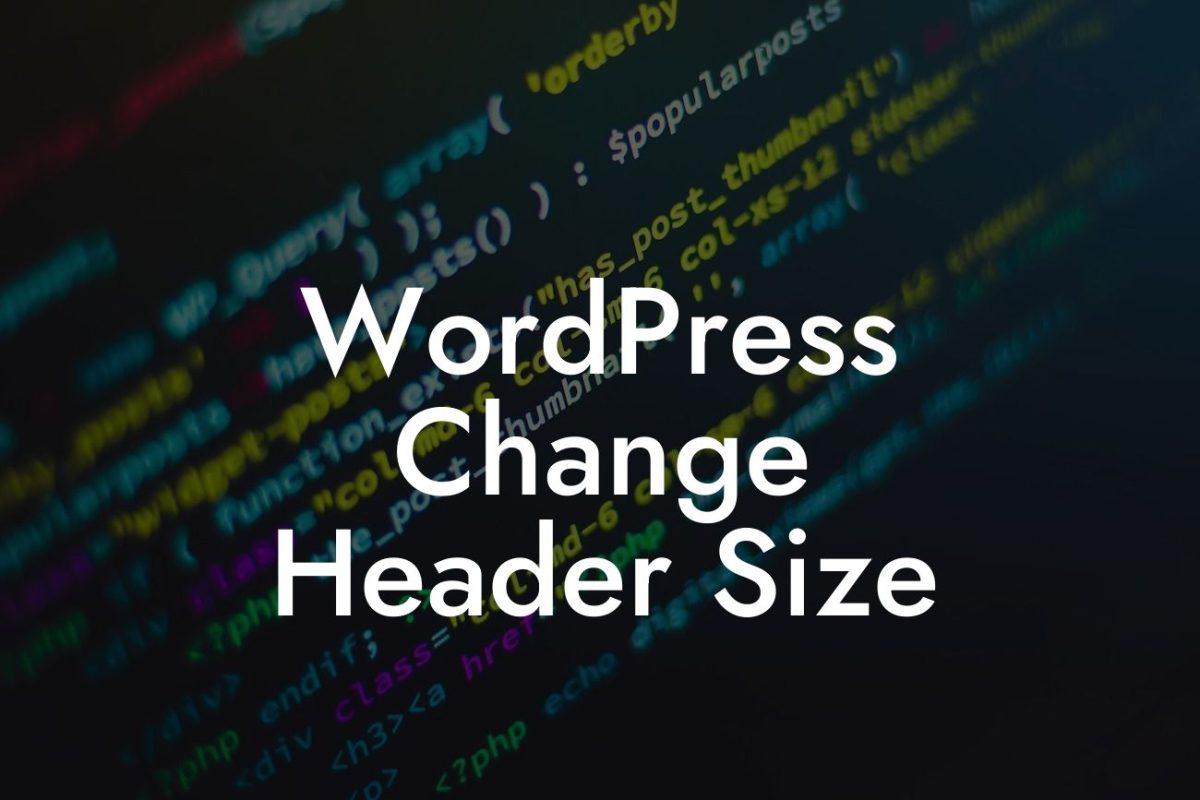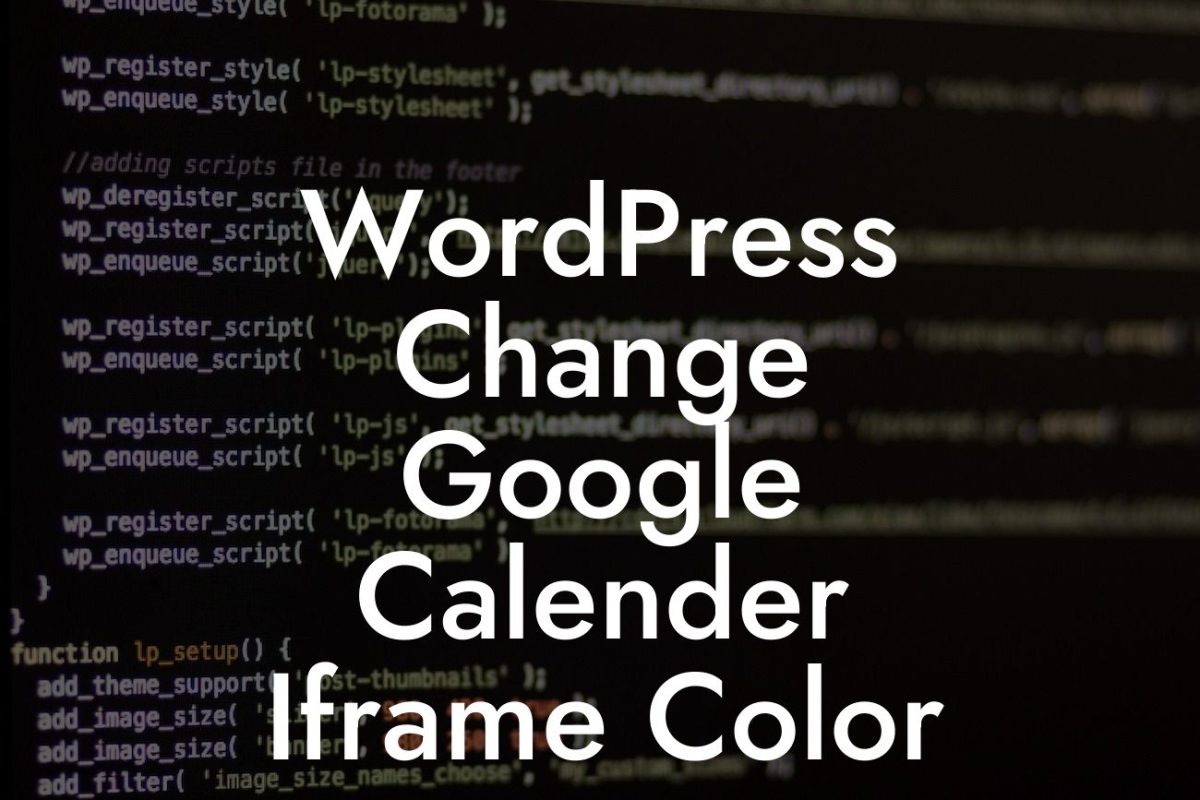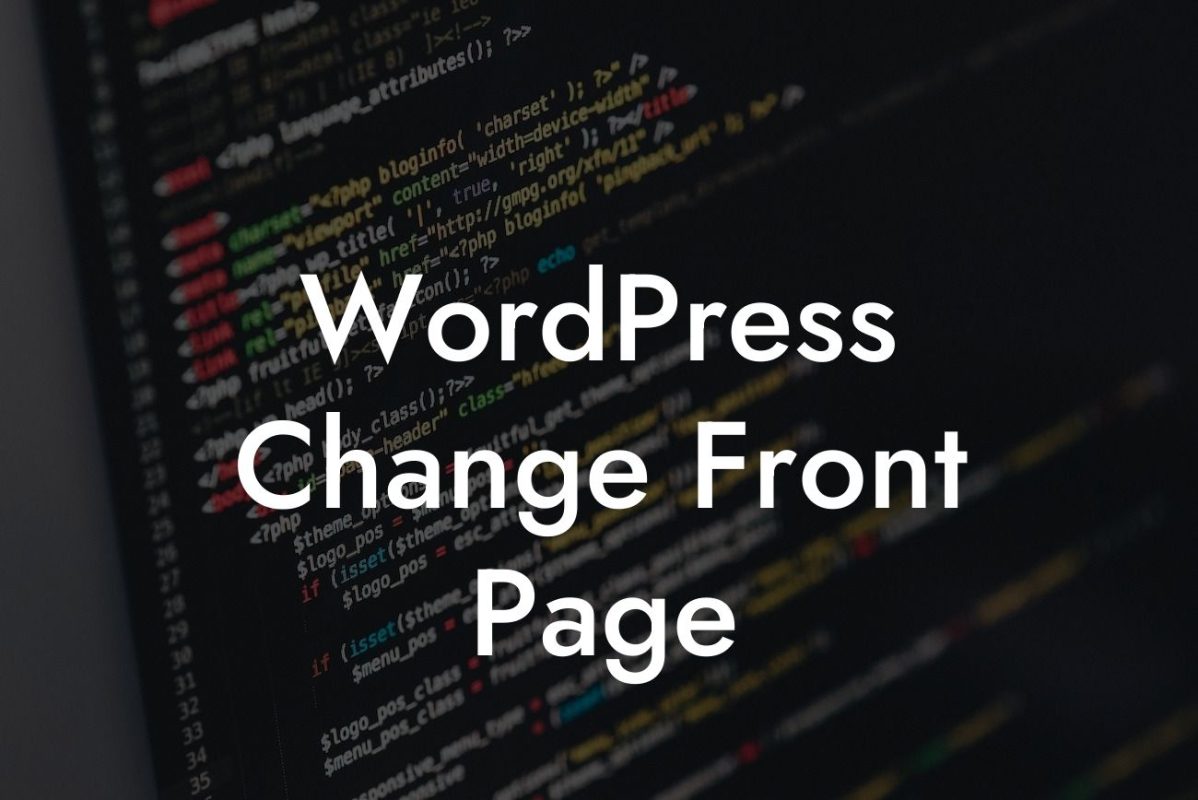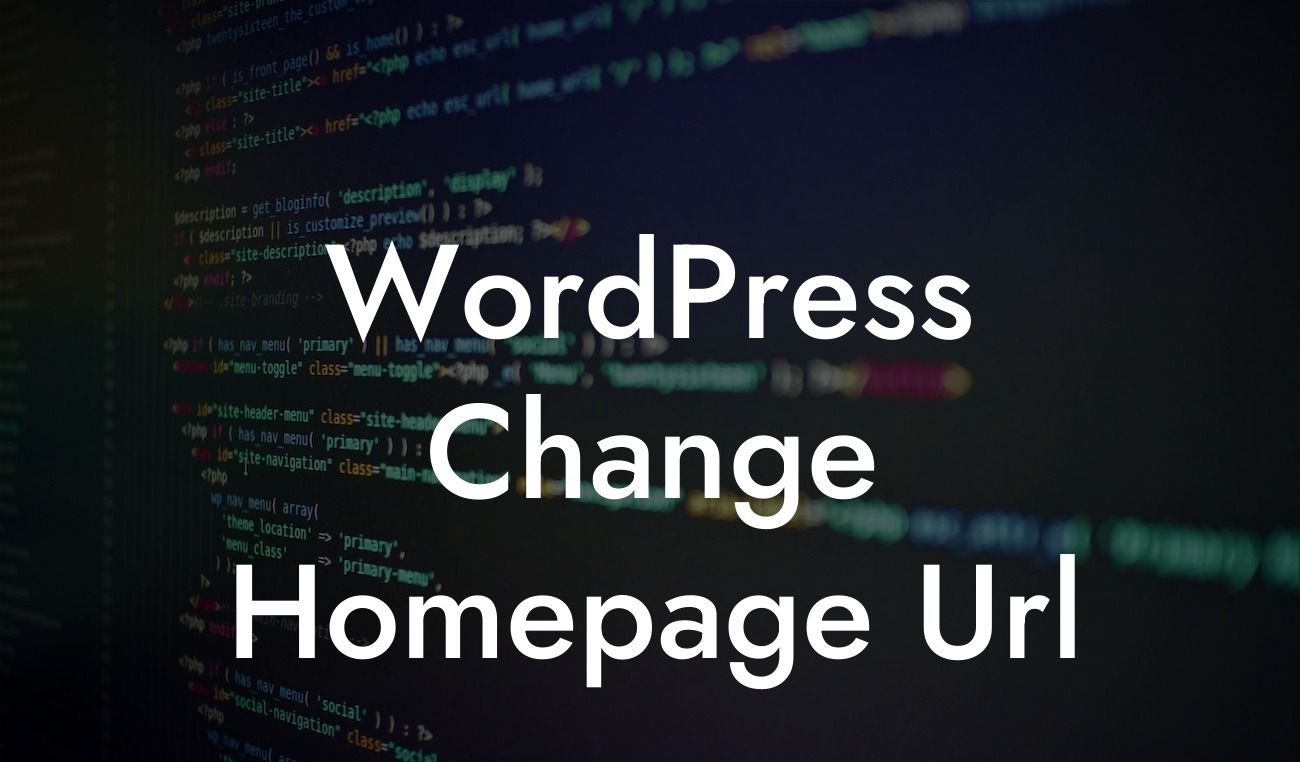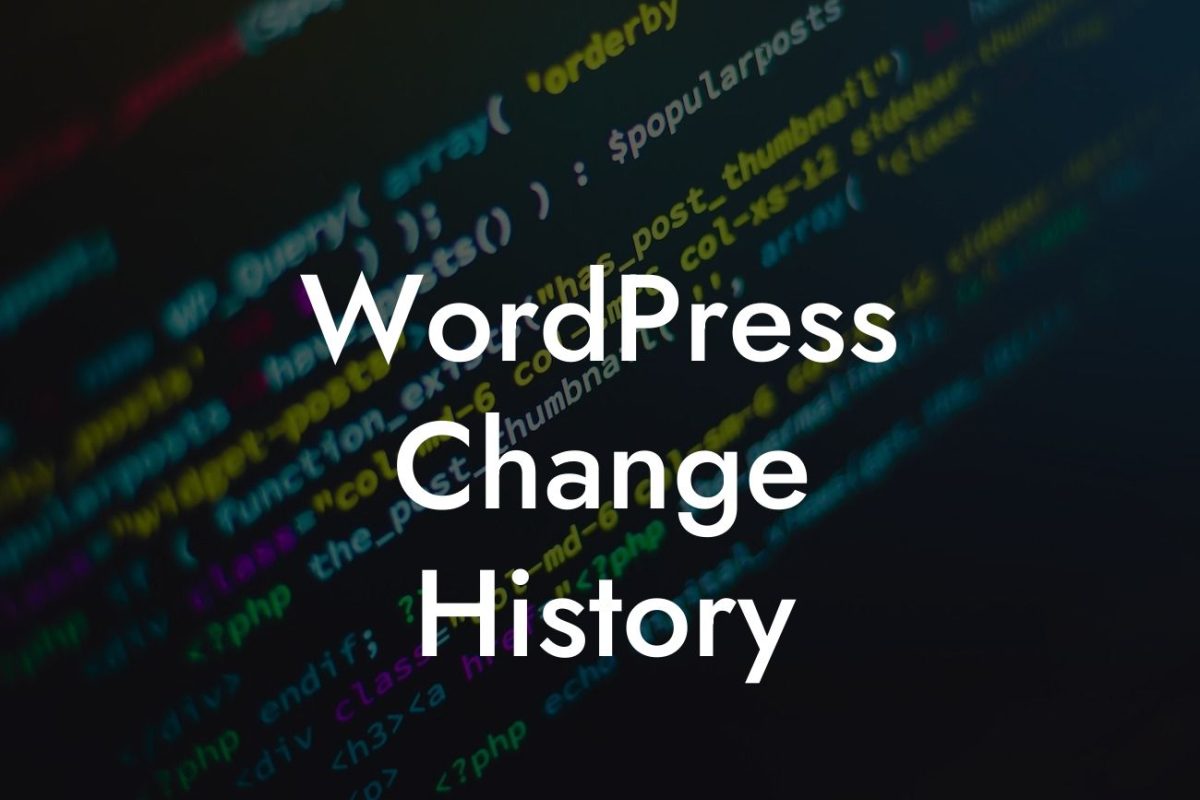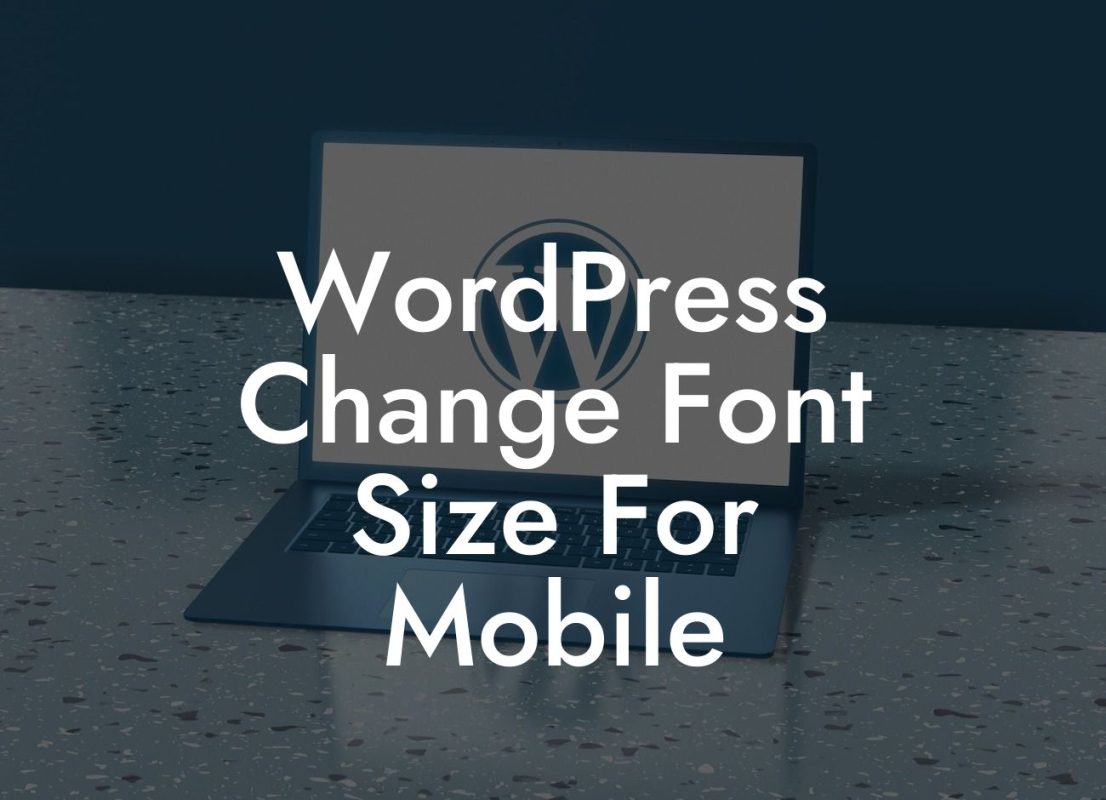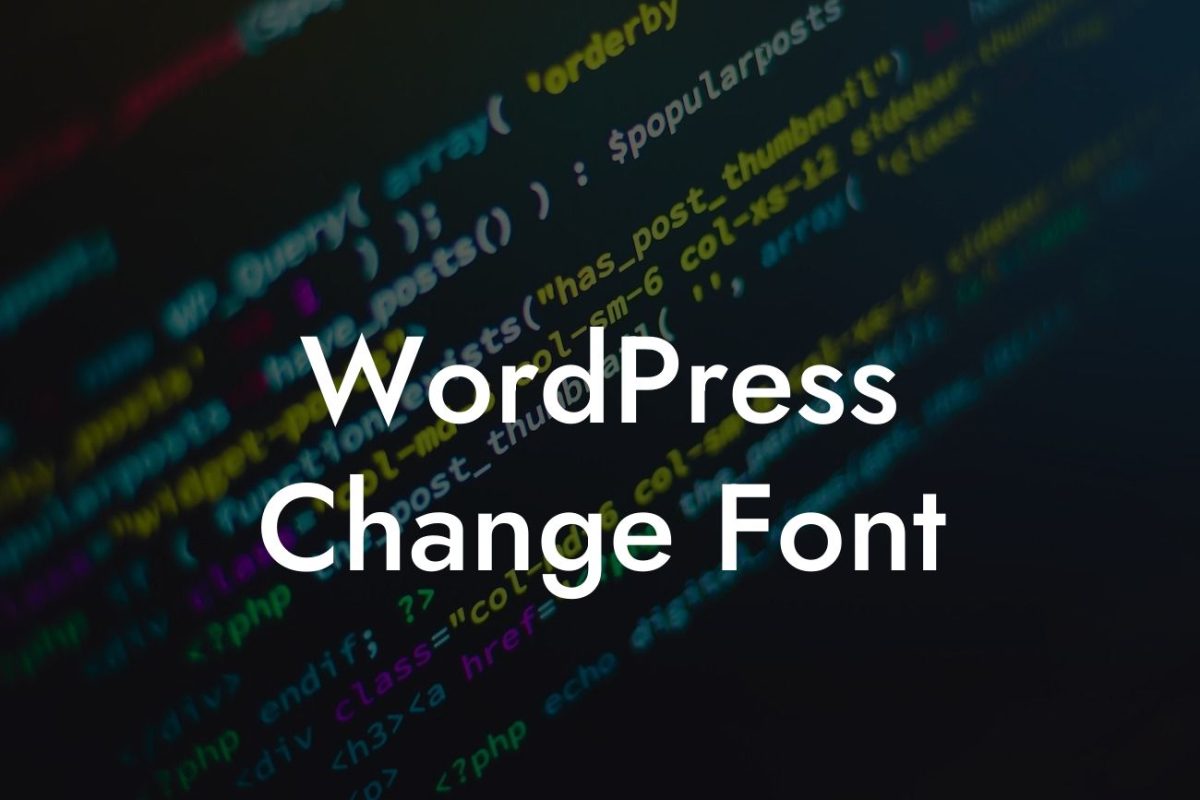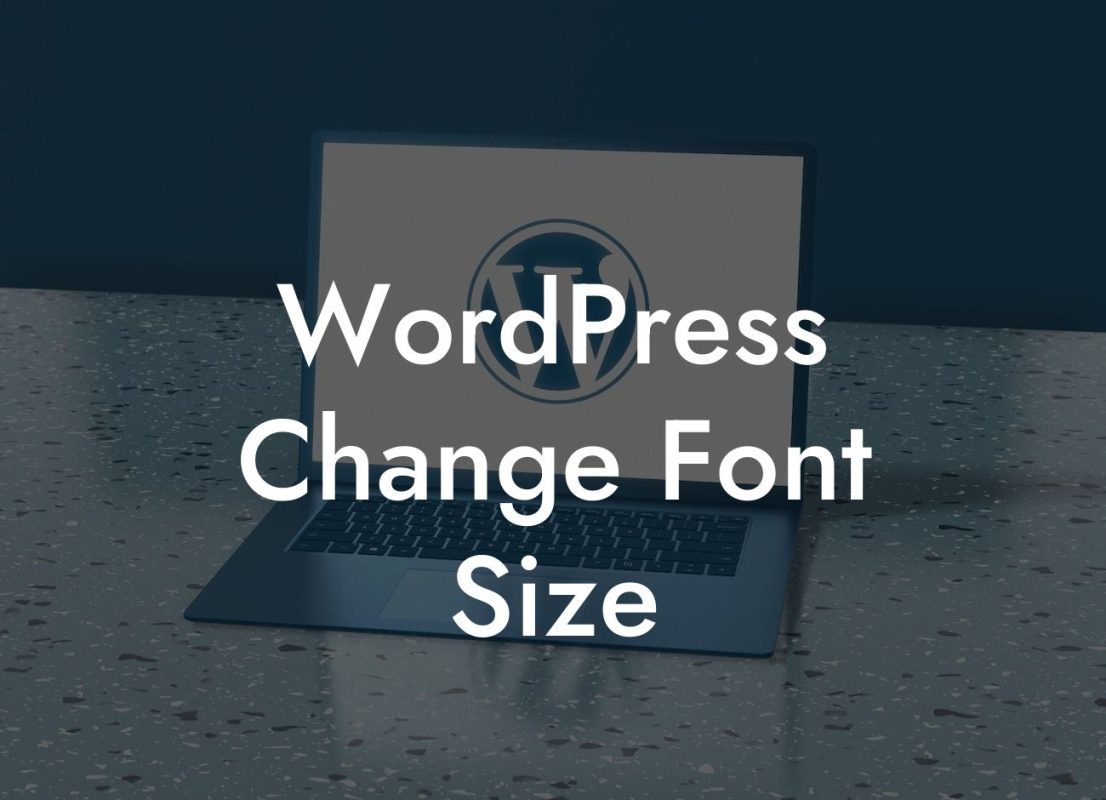Have you ever made updates to your WordPress website, only to find that those changes don't immediately go live? It can be frustrating, especially when you're eager to share new content or showcase a revamped design. In this detailed guide, we will walk you through the process of publishing changes in WordPress. Say goodbye to outdated information and hello to a seamless publishing experience that will elevate your online presence. Get ready to supercharge your success with DamnWoo's plugins, crafted exclusively for small businesses and entrepreneurs.
Publishing changes in WordPress may seem straightforward, but there are a few essential steps to ensure that your updates go live smoothly. Let's dive into the process:
1. Save Your Changes as Draft: Before you publish your changes, it's crucial to save them as a draft first. This allows you to review and make any additional modifications before making them public. Remember to use suitable H2 headings for each sub-section to keep your content organized.
2. Preview Your Changes: After saving your changes as a draft, take advantage of WordPress' preview feature. It allows you to see how your website will look with the updates applied. Use this opportunity to ensure that everything appears as intended and make any necessary adjustments.
3. Update Permalinks: Permalinks are the URLs of individual pages or blog posts on your website. When making significant changes, such as updating page titles or restructuring your site, it's essential to update your permalinks accordingly. This ensures that visitors can access your updated content without encountering any broken links.
Looking For a Custom QuickBook Integration?
4. Clear Cached Pages: Caching plugins or services are often used to improve website speed by storing static versions of your pages. However, this can sometimes result in users seeing outdated content. To prevent this, clear the cached pages whenever you make changes to your website. Mention some popular caching plugins that DamnWoo offers.
5. Publish Your Changes: Once you have previewed your changes, updated permalinks, and cleared cached pages, you are ready to publish your updates. Hit that publish button with confidence, knowing that your changes will now be live for the world to see.
Publish Change In Wordpress Example:
Let's say you run a small e-commerce business, and you want to update your product descriptions to improve SEO and customer engagement. After carefully crafting your new content and saving it as a draft, preview the updated product pages to ensure that everything looks perfect. Next, update the permalinks to reflect the changes and clear any cached pages. Finally, publish the changes, and watch as your revamped product descriptions captivate your audience and drive more sales.
Publishing changes in WordPress doesn't have to be complicated or time-consuming. With DamnWoo's plugins designed exclusively for small businesses and entrepreneurs, you can effortlessly elevate your online presence, drive more traffic, and boost your success. Don't settle for cookie-cutter solutions – embrace the extraordinary. Share this article with others who could benefit from these insights, explore our other guides on DamnWoo, and start trying our awesome plugins today.

